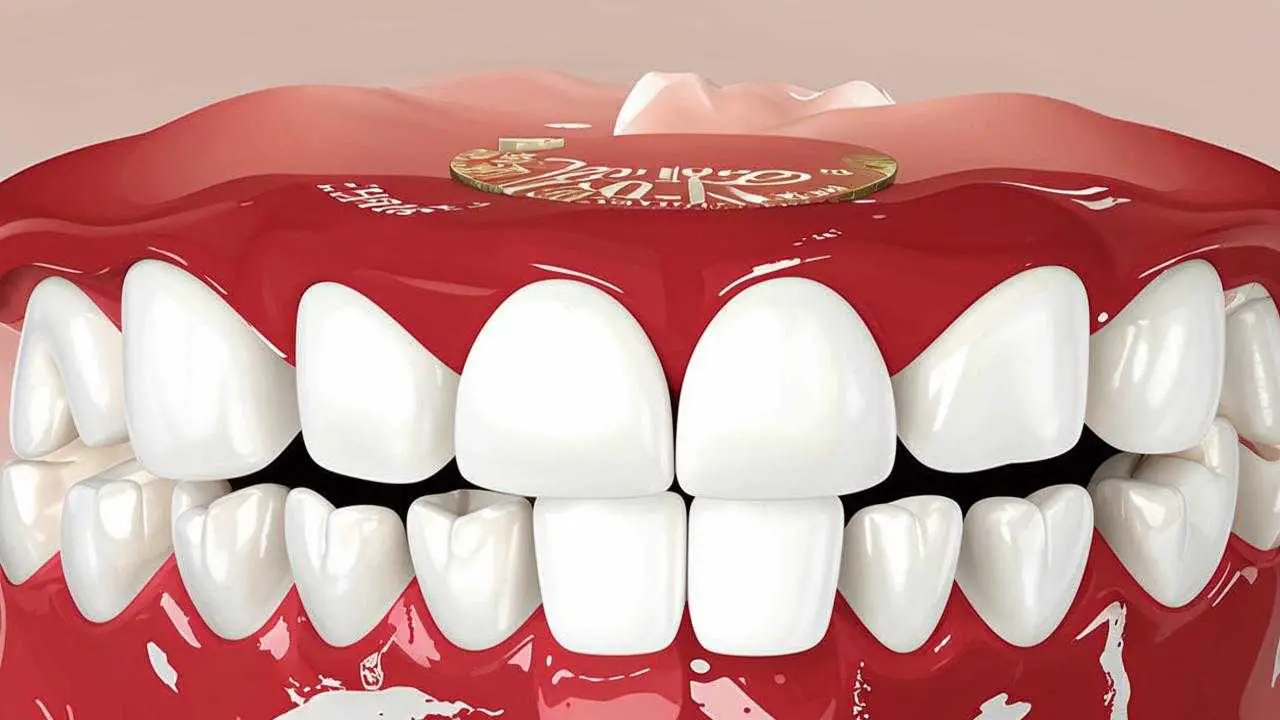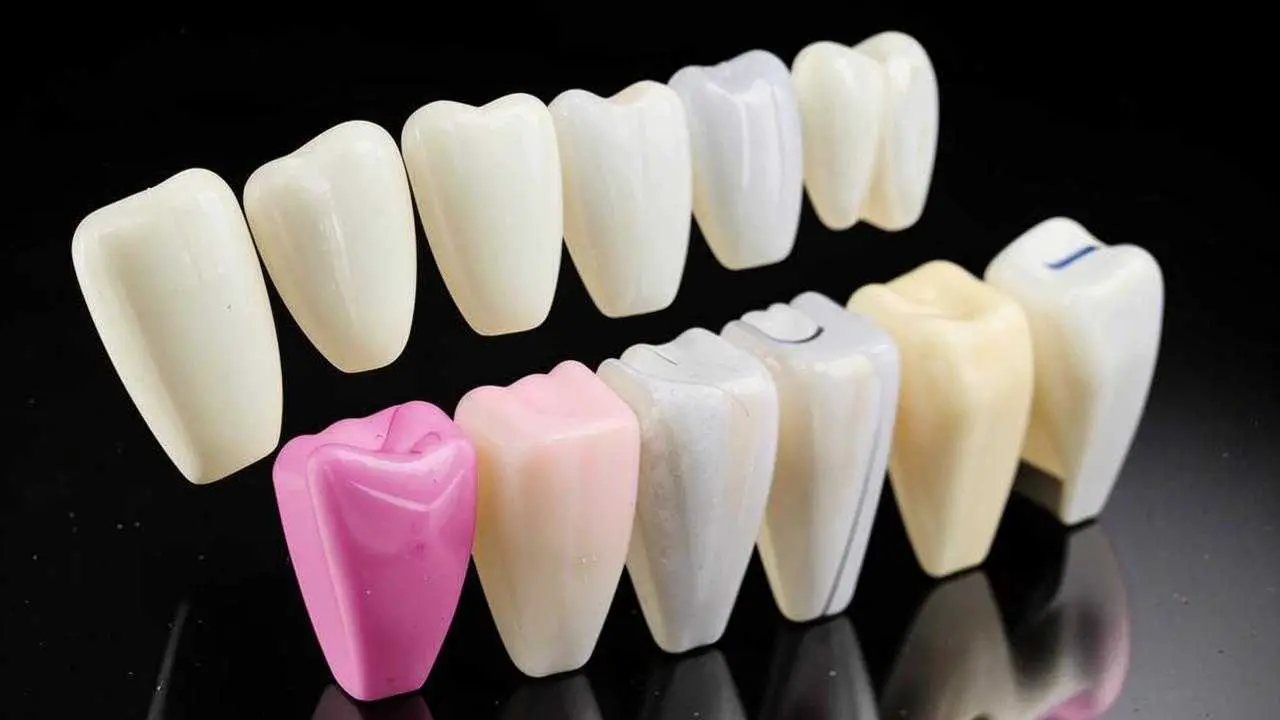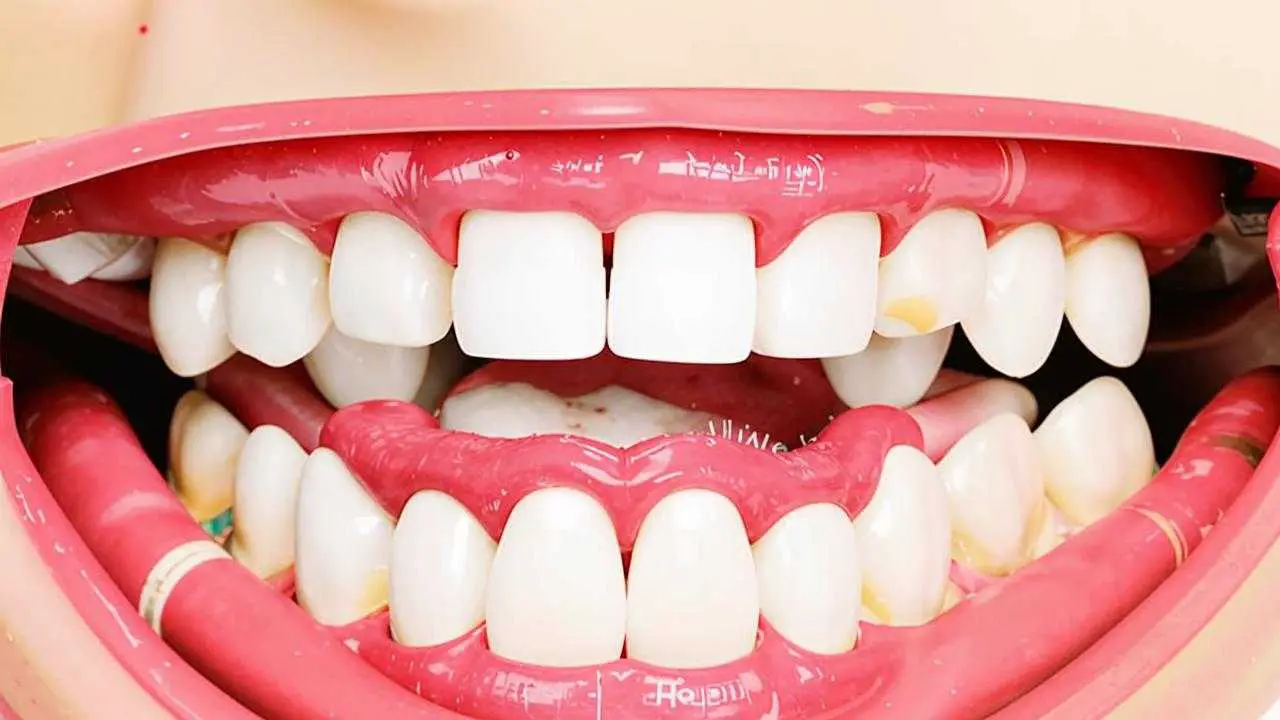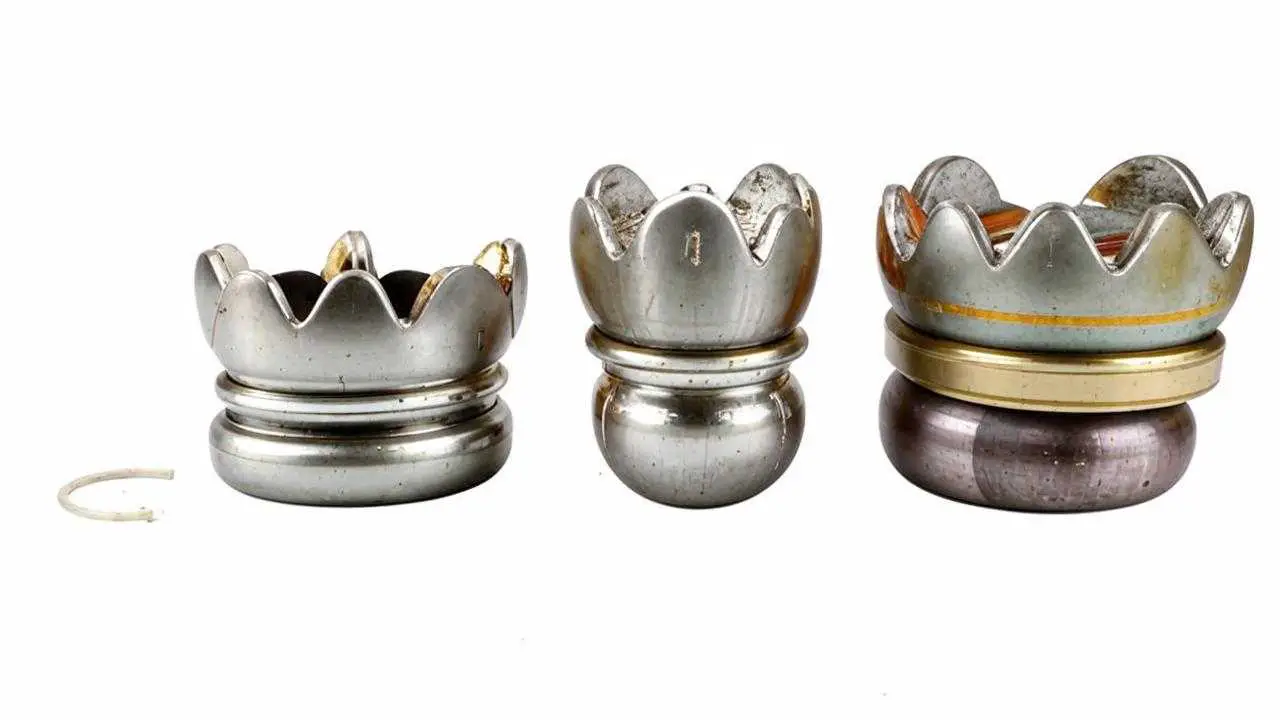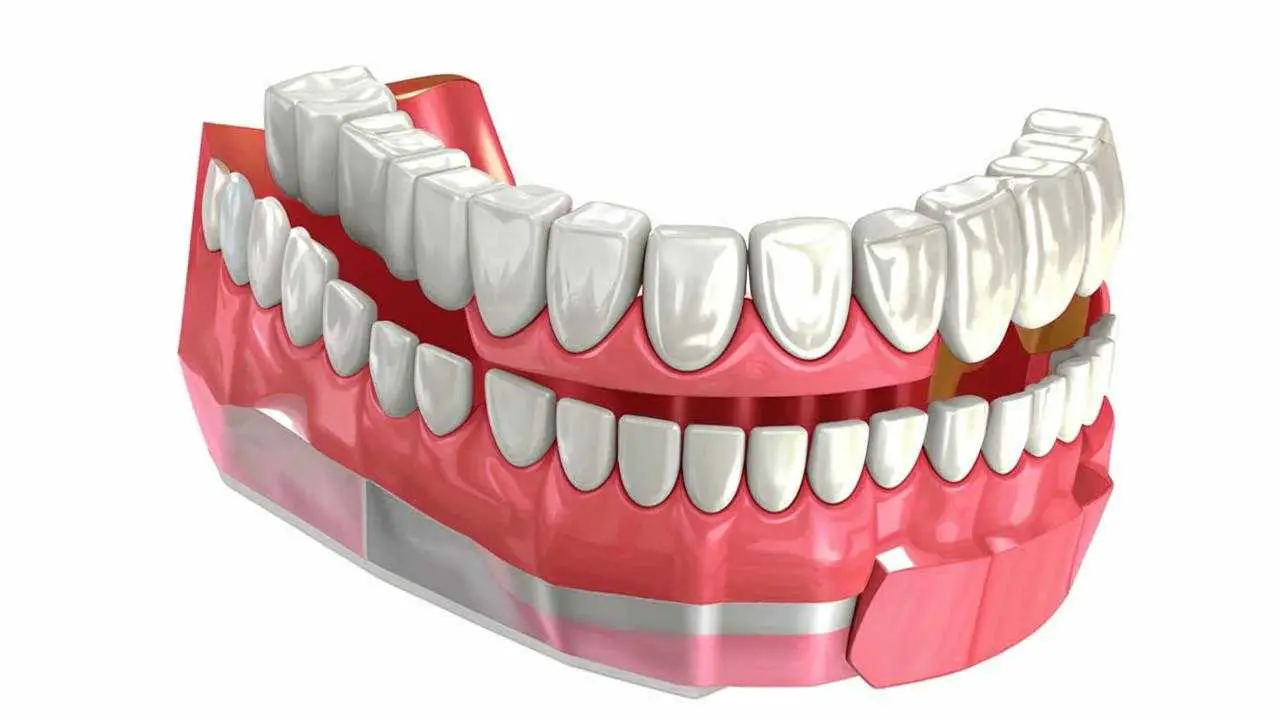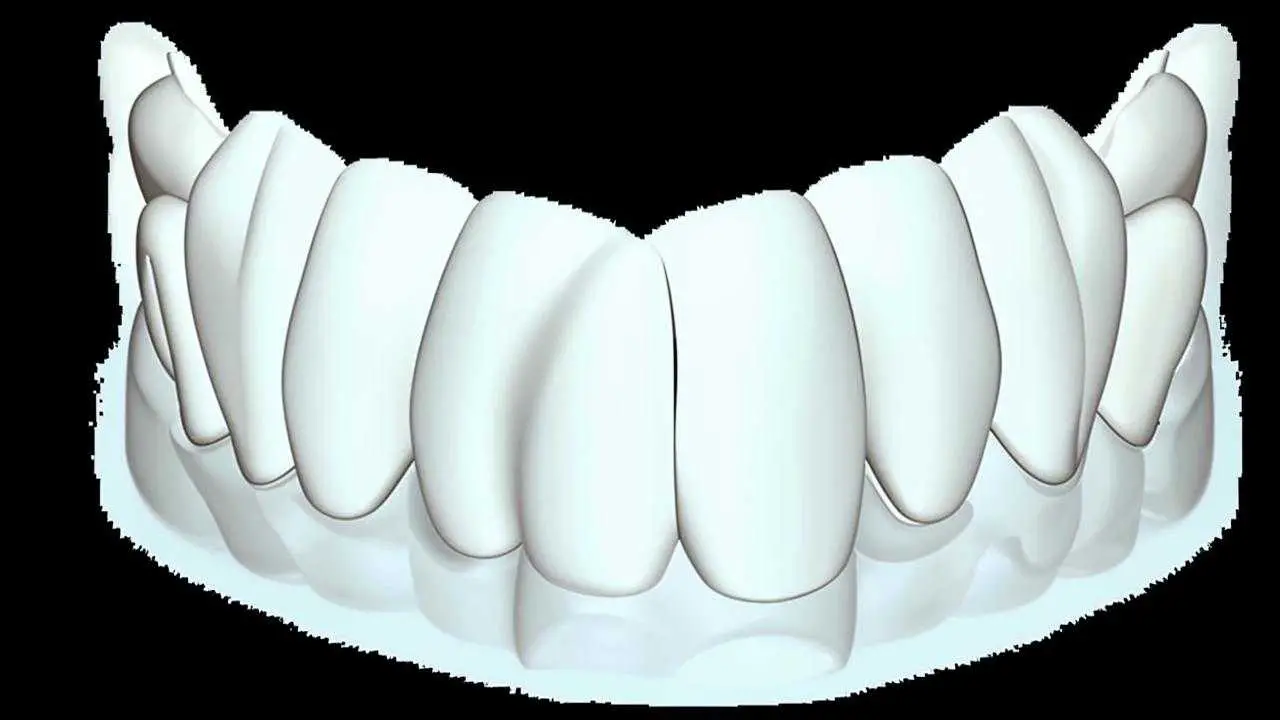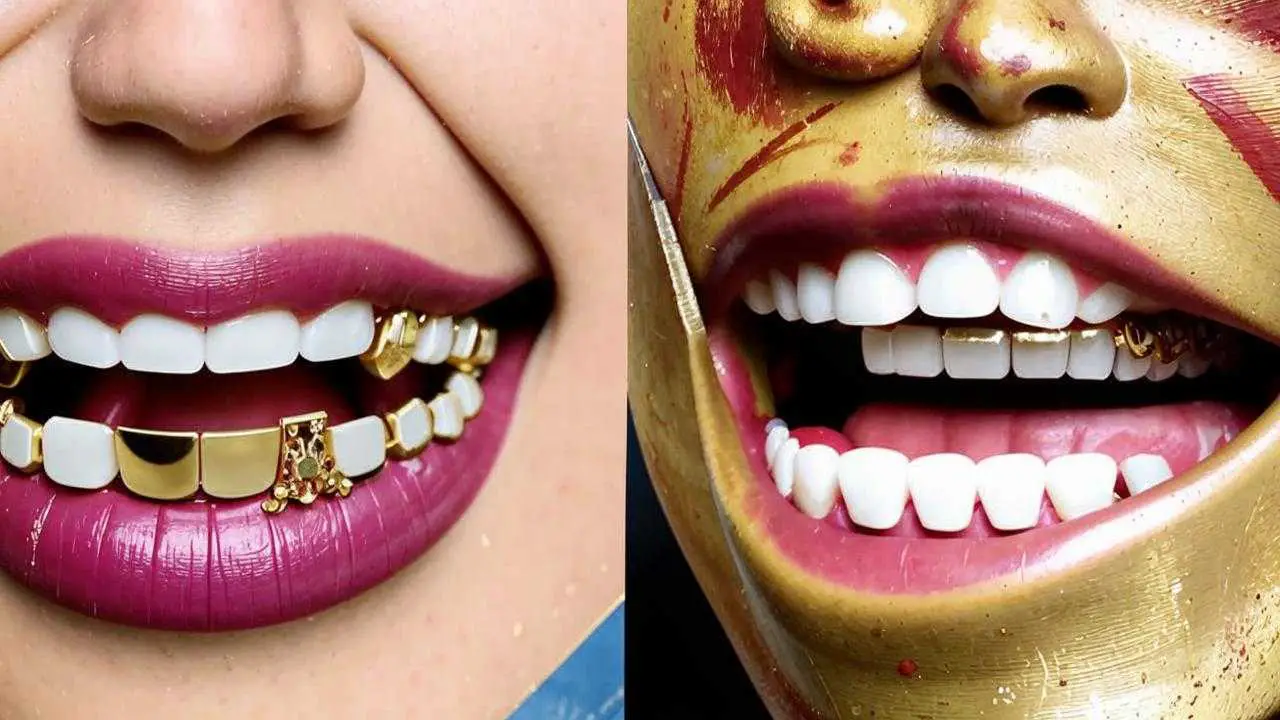Dental onlays are orthopedic mini-prosthetics used for the purpose of restoring the aesthetics of the dentition. Restoration of teeth is usually performed:
- for medical reasons (treatment, prevention of dental disease, reconstruction of lost teeth);
- to restore the aesthetics of the smile.
To meet these needs, there are many ways in which dental restorations with onlays are performed. In this article, we will look at the most popular ones.
Veneers
Veneers are ceramic plates used to restore the front row of teeth. They are placed on both upper teeth and lower teeth.
Veneers can correct a variety of defects:
- crooked teeth;
- enlarged gaps between teeth;
- chips and cracks;
- pigmentation or darkening of enamel.
To fix veneers it is necessary to grind a thin layer of enamel and fix them with a special cement, which will securely hold the construction on the teeth. The service life of veneers is up to 15 years. They do not require special care.
Lumineers
Another dental prosthesis – onlays for restoring the aesthetics and functionality of the smile – are lumineers. They are thin plates up to 0.3 mm thick and are fixed to the front row of teeth.
Unlike veneers, lumineers eliminate very minor defects. For example, enamel pigmentation, cracks, tooth color. Their main advantage is that there is no need to trim the teeth. They are fixed with a special medical composition on healthy teeth.
The peculiarity of lumineers is their appearance – whiteness and matte. The smile becomes blindingly white or, as it is also called, “Hollywood”, which does not always look natural.
Ultranira
These are dental onlays that are up to 0.5 mm thick. They are used to restore the front row of teeth and are installed on both lower and upper teeth. They are analogous to veneers and lumineers.
For fixation of ultraniers teeth are not subjected to grinding, which is an undeniable advantage. Ultranira solve the following problems:
- darkening and pigmentation of enamel;
- small cracks;
- uneven shape and size of teeth;
- large tooth gaps.
The service life of ultranires is up to 15 years. Care – usual daily oral hygiene, professional hygienic cleaning in dentistry regularly.
Composite onlays
Composite onlays on teeth are a great alternative to expensive veneers and lumineers. These onlays are placed immediately in the mouth at the first visit.
Micro-prostheses made of composite materials perform an aesthetic function: they make teeth whiter and smoother, eliminate small defects. Their service life is from 2 to 5 years. Over time, they may darken. Composite material is quite fragile, so you should avoid eating hard food, which can cause damage to the prosthesis.
Crowns
Crowns are used to restore chewing and frontal teeth when they are so damaged that a filling is no longer possible. Crowns are differentiated by the type of material used to make them.
Metal-ceramic crowns
They have a framework made of precious metals or nickel, cobalt-chromium. On top of the frame is covered with several layers of ceramic composition. Such crowns are quite reliable, however, they are not quite aesthetic. Due to the metal framework, the tooth may look darker. In addition, there may be an allergic reaction to metal.
Metal-plastic crowns
In this case, the metal framework is covered with a plastic mass. This significantly reduces the cost of the construction and makes it light. It is worth bearing in mind, the service life of the plastic product is not great. In addition, the coating is subject to coloring and has low durability. Metal-plastic is used as a temporary solution to the issue.
Metal-free crowns
Sufficiently strong, reliable, aesthetic method of restoring teeth. Most often used for the frontal section, so have a similar transparency with their teeth. They are hypoallergenic and have perfect compatibility with soft tissues.
Zirconia crowns
The strongest and most expensive in terms of cost for dental prosthetics. Crowns are made of zirconium dioxide and a layer of ceramic is applied to the base. They are used to restore all types of teeth.
Inlays
An inlay is an insert into the cavity of a chewing tooth to restore its chewing function. It is custom-made and fixed with medical cement. It essentially replaces a filling and is superior in terms of reliability and durability.
Tooth restoration with onlays (or inlays) is used in cases of:
- 20-50% tooth destruction;
- presence of defects that are not comparable to a filling;
- exposure of enamel to increased abrasion;
- the need to replace an old filling.
Inlays also differ in the type of material manufactured and are:
- Metal. They are made of precious and medical metals. Do not differ in aesthetics, can cause allergies. However, they are favorable in price.
- Ceramic. This is the most reliable material, which perfectly restores the surface of the damage. In addition, such an onlay will be absolutely indistinguishable from the original tooth. Ceramic onlay on the tooth is not subject to staining and fully restores the functionality and aesthetics.
Jewelry and decorative onlays
An onlay can also be placed on a tooth for decorative purposes. This will allow you to add zest to your image and emphasize your individuality.
Rhinestones, stickers and natural stones are used as decorations. They are glued onto the front teeth with a heavy-duty filling. Decorative onlays can also solve a practical task – to hide a tooth defect. For example, pigmentation or a trace of superficial decay.
It is also possible to customize a veneer that will be encrusted with a precious stone. Such a veneer is fixed to the tooth, thus securely and permanently fixing the jewelry in the desired place.
Dental decorations have been gaining popularity in recent years. You can easily find a clinic in Moscow where you can choose your favorite one and have it installed for a period of three months to several years.

